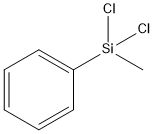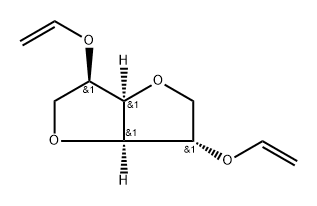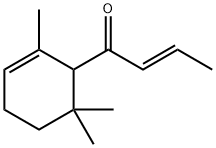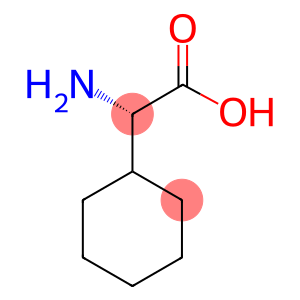“Methylphenyldichlorosilane;MPDCS; Phenylmethyldichlorosilane;PMDCS” (CAS#149-74-6)
| Hazard Symbols | C – Corrosive |
| Risk Codes | R14 – Reacts violently with water R34 – Causes burns |
| Safety Description | S26 – In case of contact with eyes, rinse immediately with plenty of water and seek medical advice. S36/37/39 – Wear suitable protective clothing, gloves and eye/face protection. S43 – In case of fire use … (there follows the type of fire-fighting equipment to be used.) S45 – In case of accident or if you feel unwell, seek medical advice immediately (show the label whenever possible.) |
| UN IDs | UN 2437 8/PG 2 |
| WGK Germany | 1 |
| RTECS | VV3530000 |
| FLUKA BRAND F CODES | 10-21 |
| TSCA | Yes |
| HS Code | 29310095 |
| Hazard Class | 8 |
| Packing Group | II |
Introduction
Methylphenyldichlorosilane is an organosilicon compound. The following is an introduction to the properties, uses, preparation methods, and safety information of the compound:
Quality:
- Appearance: Colorless to yellowish liquid.
- Solubility: Soluble in organic solvents such as alcohols, ethers and aromatic hydrocarbons.
- Stability: Relatively stable, but may hydrolyze slowly in the presence of moist air.
Use:
- As an organosilicon solvent: Methylphenyl dichlorosilane can be used as a reagent and solvent in organic synthesis reactions, and has a wide range of applications in the field of organic synthesis.
- Surface treatment agent: It can be used as a surface treatment agent in industrial applications such as release agents, defoamers, and water repellent agents.
- Chemical reagents: Methylphenyldichlorosilane is used as a reagent in some chemical analysis methods.
Method:
Methylphenyldichlorosilane can be obtained by the reaction of toluene and hydrogen chloride catalyzed by sulfuric acid. The reaction equation is as follows:
C6H5CH3 + HCl + Cl2 → C7H7Cl2Si + H2O
Safety Information:
- Methylphenyldichlorosilane is irritating and may cause irritation and burns in contact with skin and eyes, so wear protective gloves and goggles when using it.
- Avoid inhalation or ingestion, and if inhaled, move quickly to a well-ventilated area.
- When storing and using, keep it in a cool, dry, well-ventilated place, away from fire and heat.
- Proper operating procedures and safe operating practices must be followed to ensure personal safety and laboratory safety.








